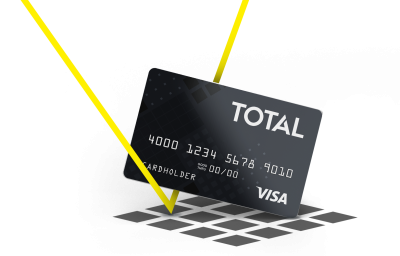It’s the beginning of the month again – all the bills have come due. After you pay rent, buy groceries, pay your health insurance, and so on, there never seems to be quite enough left at the end of the day. For some, that’s resulted in credit card debt.
According to the Federal Reserve, the average credit card debt of U.S families is $6,270. Compare that to the 2020 median family income: $67,521, according to Census.gov. Now imagine making only minimum payments each month. That debt will take a long time to pay off – 5 years or more, depending on your interest rate!
So, what are some good strategies to pay off debt, especially when you don’t have a lot of extra money?
First, Make a Budget
Before you can figure out how much you can pay, you need to know how much you have. The best tool here is to make a budget. There are some great articles about how to make a budget, but these are the basics:
- Determine your have-to-haves versus your nice-to-haves.
- Set financial goals.
- Track your spending.

Types of Debt Payment Strategies
There are two main strategies when you’re paying off debt: debt avalanche and debt snowball. Both debt payment strategies can be applied to any type of debt, but they’re particularly helpful when you’re talking about credit card debt. The biggest difference between the two methods is which debt you pay first.
The debt avalanche method says that you should pay the debt with the highest interest rate first. This is because higher interest means that you’re paying more for each dollar over time.
The debt snowball method is the opposite of that – it believes that you should pay the smallest amount of money first regardless of the interest rate.
It’s easiest to think of this with an example. Say you have two credit cards and a car loan. Credit card #1 has a $5,000 at a 25% interest rate. Credit card #2 has a $1,000 balance at a 20% interest rate. Your car loan is $10,000 at a 10% interest rate.
With debt avalanche, you’d pay in this order: credit card #1, then credit card #2, and then your car loan. With debt snowball, you’d pay in this order: credit card #2, credit card #1, and then your car loan.

How to Choose a Debt Payment Strategy
Keep in mind that when you’re choosing a debt payment strategy, it’s important to pay attention to your own feelings. It sounds silly to say, but decisions we make about money are as much about our emotions as they are about the math.
Just think about when you have a bad day or are tired after work – even though we know that ordering take out is more expensive than cooking at home, sometimes it’s worth it to spend the extra money because it feels better!
With that in mind, make sure you choose a strategy that lets you track and celebrate your progress. This will mean that you stick to your payment strategy longer and have better results overall!
